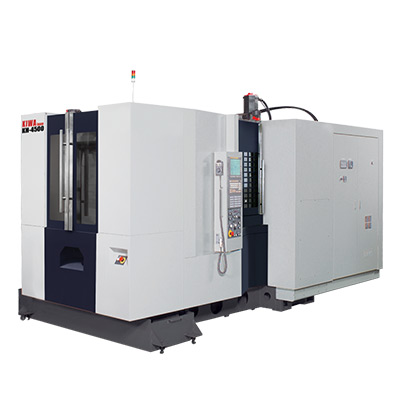Power Steering Hose Components and Their Importance in Vehicle Maintenance
Understanding Power Steering Hose Parts
Power steering systems are crucial components of modern vehicles, enhancing driving comfort by reducing the amount of effort needed to steer. At the heart of this system lie the power steering hoses, which play a pivotal role in the operation and efficiency of power steering. This article will delve into the essential aspects of power steering hose parts, their importance, function, and maintenance tips to ensure longevity and effectiveness.
What Are Power Steering Hoses?
Power steering hoses are specially constructed tubes designed to carry hydraulic fluid between the power steering pump and the steering gear. These hoses are made from durable materials, typically reinforced rubber or thermoplastic elastomers, which can withstand high pressures and varying temperatures that occur during vehicle operation. They are designed to be flexible yet strong, allowing for easy routing within the engine compartment while coping with the dynamic movements of the vehicle.
Types of Power Steering Hoses
The power steering system generally consists of two main types of hoses
1. High-Pressure Hose This hose connects the power steering pump to the steering gear and carries pressurized hydraulic fluid. High-pressure hoses are built to handle pressures that can exceed 1,500 psi, making them essential for the system’s operation. Due to the intense pressure, these hoses must be highly durable and resistant to wear and tear.
2. Return Hose After the hydraulic fluid completes its cycle, it returns to the pump through the return hose. This hose operates at a significantly lower pressure compared to the high-pressure hose. However, it still needs to be robust enough to handle temperature changes and fluid flow.
Importance of Power Steering Hoses
The proper functioning of power steering hoses is essential for several reasons
- Steering Efficiency Effective power steering hoses ensure that the correct amount of hydraulic fluid is delivered to the steering gear, allowing for smooth and responsive steering
. Faulty hoses can lead to steering difficulties, reducing overall vehicle safety.power steering hose parts

- Preventing Leaks Power steering fluid leaks due to damaged or worn hoses can create hazardous driving conditions and lead to loss of steering control. Regular inspection of hoses can help identify issues early before they result in serious problems.
- System Longevity Well-maintained hoses can significantly extend the lifespan of not only the steering system but the entire vehicle. As hoses deteriorate, they can cause damage to other components, leading to costly repairs.
Maintenance Tips for Power Steering Hoses
To ensure the longevity and effectiveness of power steering hoses, vehicle owners should follow these maintenance tips
1. Regular Inspections Periodically check the condition of the power steering hoses for signs of wear, such as cracks, bulges, or leaks. Inspect the connections for tightness and integrity.
2. Fluid Level Checks Monitor the power steering fluid levels regularly. If you notice a drop in fluid levels, it might indicate a leak, suggesting that the hoses need immediate attention.
3. Replace Worn Hoses If any hose shows signs of significant wear or damage, replace it promptly. Using OEM (Original Equipment Manufacturer) hoses is often recommended to ensure the best fit and performance.
4. Proper Routing Ensure hoses are routed correctly and do not come into contact with hot engine components or moving parts, which could lead to premature wear.
5. Professional Servicing During routine vehicle maintenance, have a qualified mechanic perform a thorough inspection of the power steering system, including hoses. This ensures any potential issues are detected and addressed early.
In conclusion, power steering hoses are critical components that directly impact the performance and safety of your vehicle's steering system. By understanding their importance and implementing proper maintenance practices, drivers can ensure their vehicles remain safe, efficient, and enjoyable to drive. Regular attention to these parts can prevent minor issues from escalating into major repairs, ultimately saving time and money in the long run.
-
Ultimate Spiral Protection for Hoses & CablesNewsJun.26,2025
-
The Ultimate Quick-Connect Solutions for Every NeedNewsJun.26,2025
-
SAE J1401 Brake Hose: Reliable Choice for Safe BrakingNewsJun.26,2025
-
Reliable J2064 A/C Hoses for Real-World Cooling NeedsNewsJun.26,2025
-
Heavy-Duty Sewer Jetting Hoses Built to LastNewsJun.26,2025
-
Fix Power Steering Tube Leaks Fast – Durable & Affordable SolutionNewsJun.26,2025

